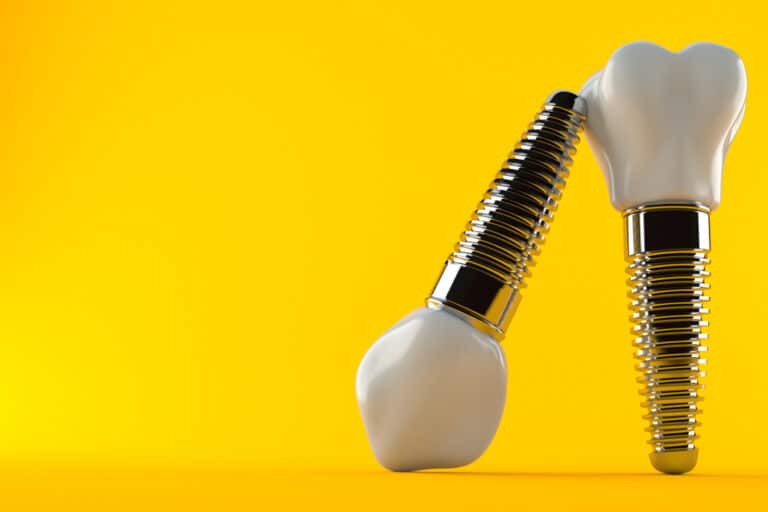If you want to have a health smile, it’s important that you keep your teeth clean by practicing good oral hygiene. This helps fight cavities and gum disease by preventing the buildup of plaque and the formation of calculus (tartar).
As common as plaque and tartar are, many people have a poor understanding of what these substances are and why they cause such serious dental problems. The team at our Queens, NY restorative dentistry practice wants to cover the basics on plaque and calculus, and offer some tips on how they can be managed.
What Is Dental Plaque?
Plaque refers to the sticky, transparent film that forms on your teeth. Bacteria reside in the plaque, which is typically located around the gumline. With plaque on the teeth, bacteria can damage tooth enamel and cause cavities to form, which compromises your overall tooth structure. The bacteria on the plaque can also cause gum disease.
The Causes of Dental Plaque
Dental plaque is the natural consequence of bacteria living in the mouth. Plaque is the result of bacteria joining with proteins and food particles in the mouth. It is always forming. In fact, plaque typically develops within four hours of the last time you brushed your teeth. This is why regular brushing and flossing is recommended to help fight cavities and tooth decay.
Removing Dental Plaque
The best way to remove plaque is to brush and floss regularly, and ideally after every meal. Using a mouthwash that helps eliminate oral bacteria can help reduce cavity formation. A healthy diet that avoid excessive sugars and starches is also helpful.
What Is Dental Calculus (Tartar)?
Also known as tartar, dental calculus refers to hardened plaque the cakes the teeth. Unlike plaque, which can be removed with normal brushing and flossing, calculus is harder to removed, and is strongly bonded to the tooth structure. Tartar can increase your risk for tooth decay as well as periodontal disease and gum recession.
The Causes of Dental Calculus
Dental calculus forms when people do a bad job of brushing and flossing. If you do not brush and floss regularly, or if you do a haphazard job of brushing and flossing, calculus can form. The problems can become much worse over time.
Removing Dental Calculus
To remove dental calculus, professional dental treatment is required. Typically, a dentist will perform a deep cleaning, which you may know better as root planing and scaling. This process helps scrape away the tartar on the teeth and smooth down the tooth structure affected by the accumulation of this calculus.
Following a deep cleaning procedure, patients are instructed to brush and floss regularly and to be mindful of their diet as this can increase the risks of tartar buildup.
Tips for Preventing Plaque and Calculus
To prevent plaque, avoid tartar, and fight tooth decay and gum disease, consider the following oral hygiene tips:
- Brush your teeth at least twice a day (ideally after every meal)
- Floss your teeth at least once a night (ideally after every meal)
- Visit your dentist twice a year for regular checkups
- Drink water to remain hydrated and promote remineralization through saliva
- Avoid sugary and starchy foods
- Do not use tobacco products
Contact Astoria Dental Group
For more information about keep your teeth clean and healthy, be sure to contact our experienced cosmetic and restorative dentists. The team at Astoria Dental Group is here to help you smile with renewed confidence.




